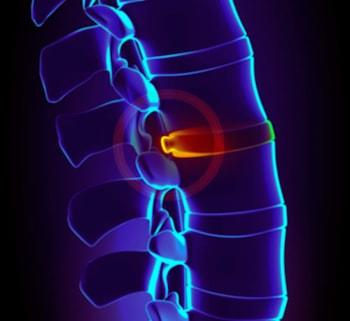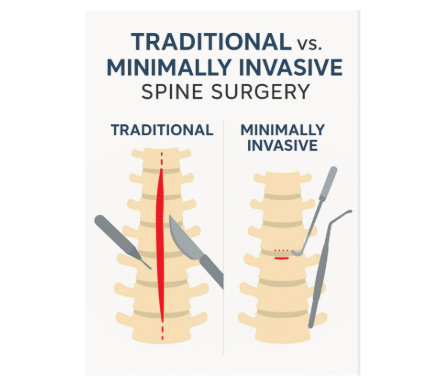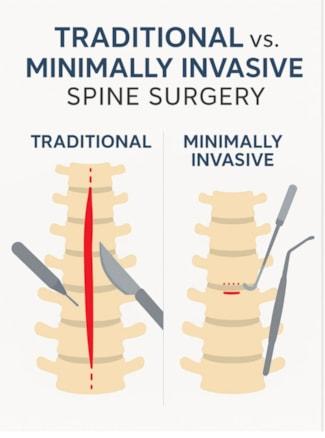Neck pain is one of the most common complaints we see at Neuroscience and Spine Center of the Carolinas. And it’s no surprise. Between daily activities like working at computers, driving, and simply dealing with the stresses of modern life, your neck endures a lot of strain.
When neck pain becomes persistent or severe, it can affect every part of your life. From your ability to work and exercise to your overall mood and quality of sleep.
Dr. William Hunter, MD, a Board-Certified Neurosurgeon with extensive expertise in complex spine care, leads our team in providing expert diagnosis and both non-surgical and surgical treatments to help you find lasting relief.
Common Symptoms of Cervical (Neck) Pain
 Neck pain can present in different ways depending on the cause. Symptoms may include:
Neck pain can present in different ways depending on the cause. Symptoms may include:
- Persistent or sharp pain in the neck
- Stiffness and decreased range of motion
- Pain radiating to the shoulders, arms, or hands
- Numbness or tingling in the arms or fingers
- Headaches, often originating at the base of the skull
- Muscle weakness in the arms or hands
- Difficulty maintaining balance or coordination in severe cases
Early evaluation is important, especially if symptoms interfere with daily activities, worsen over time, or are associated with neurological changes like numbness or weakness.
Common Causes of Neck Pain
There are many potential reasons for cervical spine pain, including:
- Degenerative Disc Disease: Age-related wear and tear can cause discs between the vertebrae to break down, leading to pain and stiffness.
- Herniated or Bulging Disc: When a spinal disc presses on a nearby nerve, it can cause radiating pain, numbness, or weakness in the arms.
- Spinal Stenosis: Narrowing of the spinal canal, often due to arthritis or bone spurs, which puts pressure on the spinal cord or nerves.
- Cervical Radiculopathy ("Pinched Nerve"): Nerve compression resulting in pain, numbness, or weakness radiating from the neck into the arms.
- Trauma or Injury: Whiplash from car accidents, sports injuries, or falls can cause acute or chronic neck issues.
- Postural Strain: Long periods of poor posture, particularly from desk work, can lead to muscular strain and chronic discomfort.
Advanced Non-Surgical Treatment Options
In many cases, neck pain can be successfully treated without surgery. Our personalized, evidence-based approach may include:
- Physical Therapy: To strengthen the muscles supporting the neck and improve posture.
- Medications: Anti-inflammatory drugs, muscle relaxants, or pain relievers.
- Epidural Steroid Injections: Targeted injections to reduce inflammation around irritated nerves.
- Trigger Point Injections: For muscular pain relief.
- Lifestyle Modifications: Ergonomic assessments and exercise programs to prevent future flare-ups.
Dr. Hunter and our team work closely with each patient to develop a customized treatment plan focused on restoring function and relieving pain.
When Surgery Becomes Necessary
If conservative treatments fail to relieve symptoms, particularly if there is significant nerve compression or spinal instability, surgical intervention may be recommended.
Some of the advanced surgical options performed by Dr. Hunter include:
- Anterior Cervical Discectomy and Fusion (ACDF): A procedure where a damaged disc is removed, and the vertebrae are fused together to stabilize the spine.
- Cervical Disc Replacement: An alternative to fusion, preserving motion by replacing the damaged disc with an artificial one.
- Posterior Cervical Decompression and Fusion: Performed from the back of the neck for extensive nerve or spinal cord compression.
- Minimally Invasive Spine Surgery: Smaller incisions, less tissue disruption, and faster recovery whenever possible.
Dr. Hunter brings over a decade of surgical expertise, combined with a focus on minimally invasive techniques whenever appropriate, to ensure the best outcomes for our patients.
Why Choose Neuroscience and Spine Center of the Carolinas?
At Neuroscience and Spine Center of the Carolinas, we are committed to delivering comprehensive, compassionate, and cutting-edge care. Led by Dr. William Hunter, MD, we combine advanced diagnostics, evidence-based treatments, and patient-centered care to help you move better, feel better, and get back to the activities you love. Neck pain doesn’t have to control your life! Let us help you find the solution that's right for you. Contact us at our Gastonia, NC office to learn more.
 A ruptured disc is a common condition that happens when one of the intervertebral discs in the spine produces a crack in its hard outer wall, permitting the shock absorbing, jellylike nucleus pulposus to be pushed out. This jellylike material can press and rub against the roots of nerves that branch off of the spinal cord, even the spinal cord itself.
A ruptured disc is a common condition that happens when one of the intervertebral discs in the spine produces a crack in its hard outer wall, permitting the shock absorbing, jellylike nucleus pulposus to be pushed out. This jellylike material can press and rub against the roots of nerves that branch off of the spinal cord, even the spinal cord itself. 



 What is Minimally Invasive Spine Surgery
What is Minimally Invasive Spine Surgery